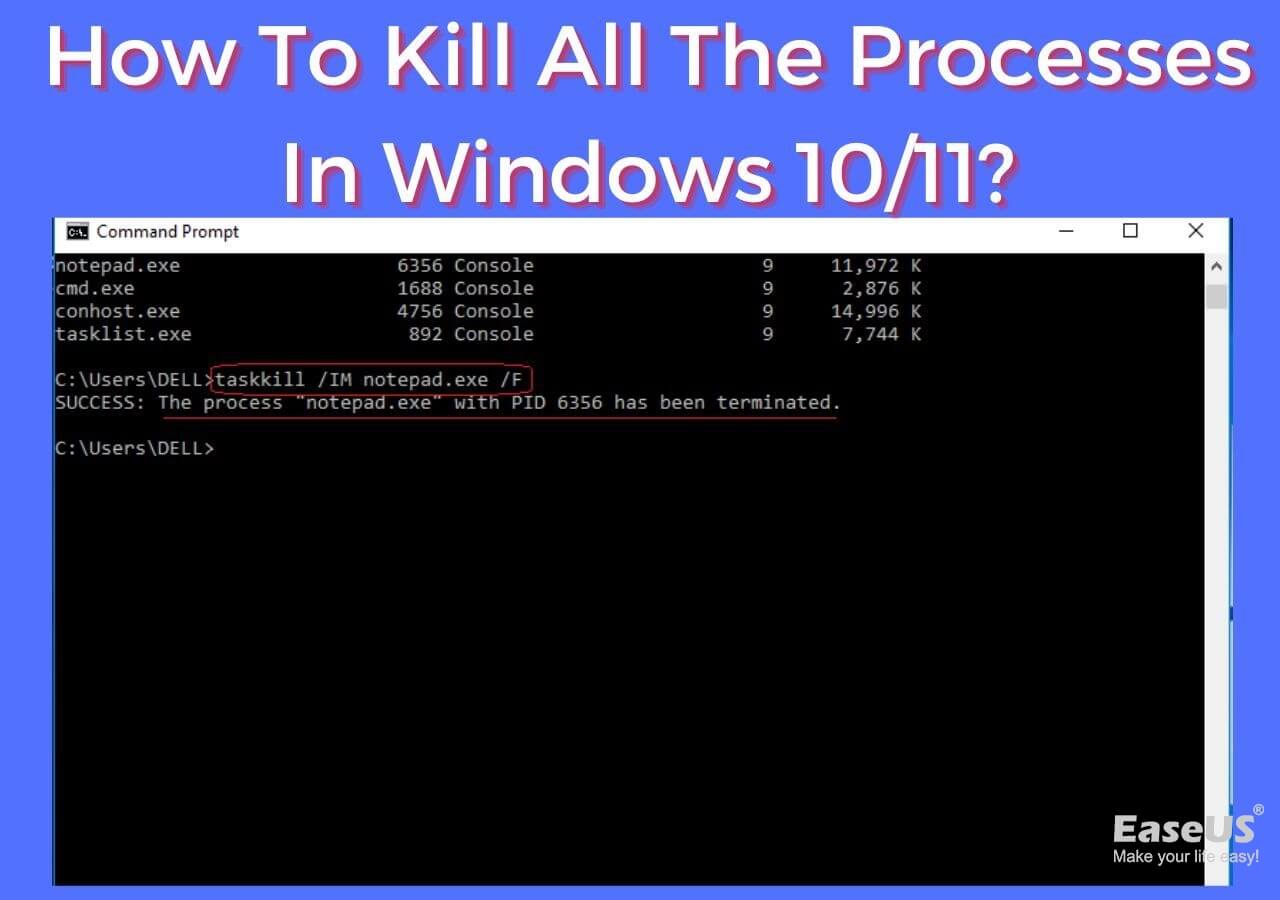Great Tips About How To Kill All Processes In Linux

This command will terminate all the processes containing the.
How to kill all processes in linux. Before killing a process, you need to locate it. Use ps to verify the nano application (a. If you can't find a better.
To end processes, we can use the kill system call. To kill a process using pkill , perform the following steps: Killing a process just means forcing the process to quit. this may be necessary if the process is refusing to respond.
The kill command is normally what linux users will use in order to forcibly terminate a running process. Alt + sysrq + i. All processes in linux respond to signals.
How to kill a process in linux before you kill, stop, or terminate a process, think about permissions. If the former, the superuser stack exchange site is probably better. 14 answers sorted by:
As you might guess by the name, killall terminates all processes that match. If you’re a root user, you can stop any process, but if. Processes can be found by the process name (or a partial process.
The easiest way is to use the magic sysrq key : In this guide for linux administrators, we’ll go over the kill linux command and how to use its various options to end, or “kill,” a running process on linux. By default, the kill command when used without specifying a number sends the.
36 found an answer that works for me: [signal] = we have to specify the. This will kill all processes except for init.
The basic command used to kill a process in linux is kill. The ‘ps aux’ command displays the currently running processes, and the ‘grep firefox’ command filters the output to only show lines containing ‘firefox’. Kill multiple processes with kill command.
Alt + sysrq + o will shut down the system (killing init. For example, forcefully kill all nginx process, run: The process id and the signal to send when killing the process.
To terminate a process with the kill command first, you need to find the process pid. You can do this using different commands such as top, ps , pidof, and. These commands can be used with any type of process, graphical or command line, foreground or background.


















